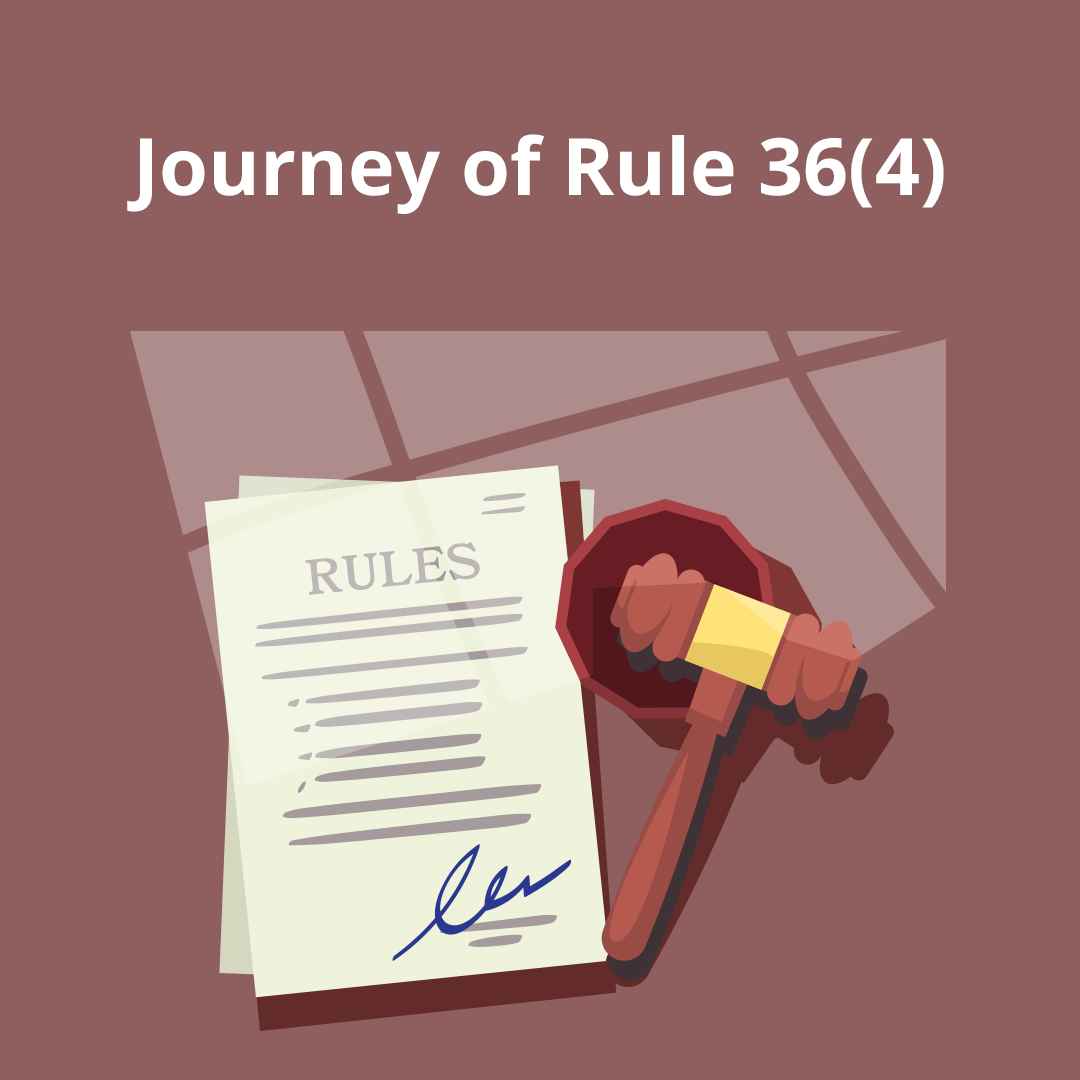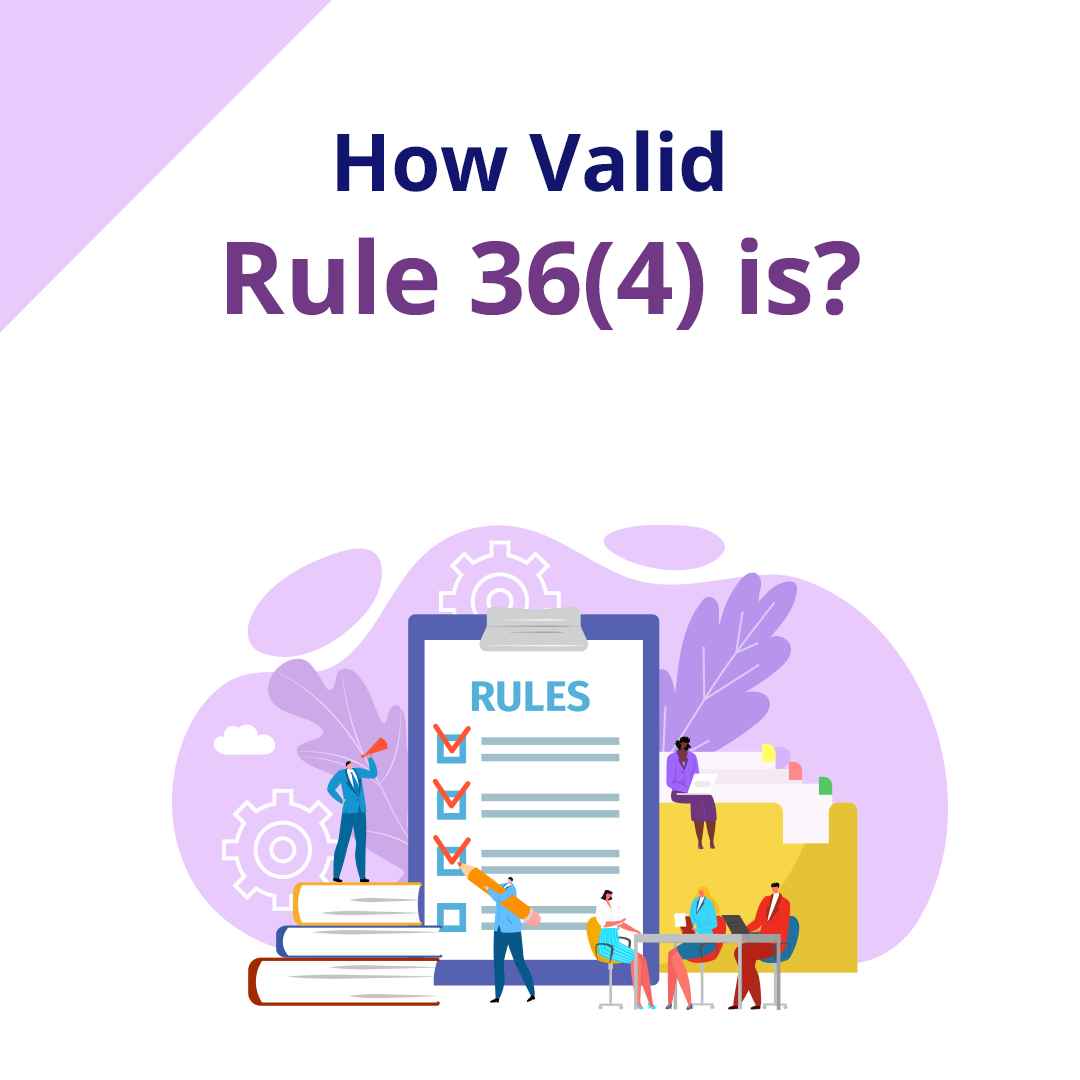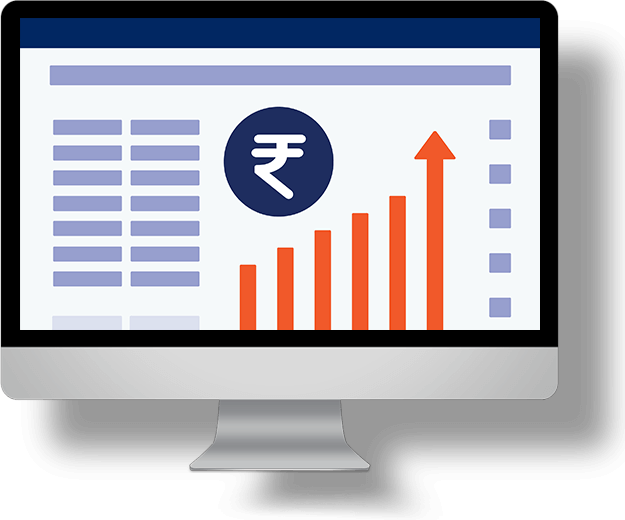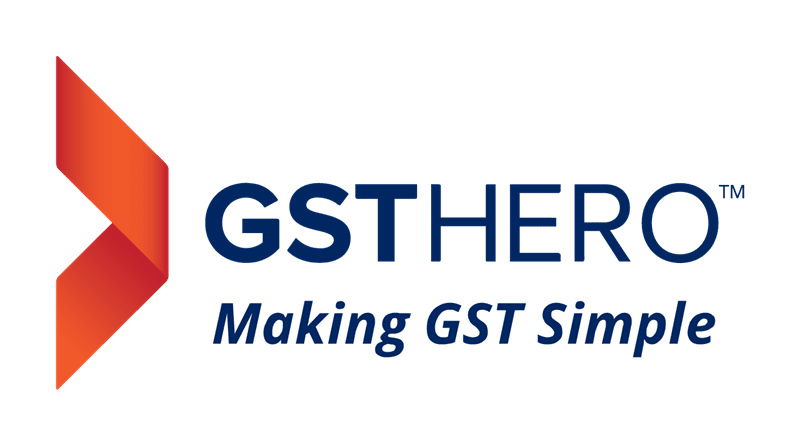Introduction
In the world of GST, Input Tax Credit (Commonly known as ITC) is a big relaxation to the taxpayer.
However, on the other hand, government is becoming more and more stringent towards it.
This is because, undue benefit is taken of this boon by people having malicious intent.
Therefore, we are providing this article to give you a brief idea about how you can avail the benefit from “GST Hero” platform on various complexities regarding this crucial area of GST return filing.
Why is Input Tax Credit relevant?
As a taxpayer, we have to understand that it is very important for us to calculate correct tax liability and pay exact amount of tax to government. Neither more nor less. May it be Direct tax or Indirect Tax.
In that order, if we are unable to calculate correct amount of ITC under GST, either we are underpaying the tax which may lead to interest, penalties or litigations etc. or we are overpaying, which will cost to our business in an unfair manner.
For output tax liability, government is coming up with various rules such as E-way Bill, E-invoice etc.
Similarly, in case of input tax credit also, government is trying to impose restrictions in various ways such as levying interest on claiming excess ITC, cancelling/ suspending GST registration of taxpayers and so on.
One of these restrictions is ITC under Rule 36(4), under which government is capping the ailment of ITC by taxpayer.Journey of Input Tax Credit Rule 36(4)

We can say that initially, in year 2017, when the GST was very new, government was quite lenient, and taxpayers and tax professionals were not used to this new born law, there was no much restriction on ITC. They were able to claim ITC on the invoice available with them subject to section 16(2).
But as people started understanding the law, they started mis-utilising it, finding the loopholes and started claiming excess ITC. This compelled law makers to impose a very stringent rule which is Rule 36(4).
As GST is based on matching concept, details uploaded by suppliers in GSTR-1 will reflect under GSTR-2A. But, due to various reasons, GSTR-2A may not show all the supplies that has been received by the taxpayer and paid input tax on them.
In that situation, he will not be able to claim full ITC. So, government did not directly jump to strictly providing credit based on 2A. It imposed restriction, which is known as Rule 36(4), in a phased manner as under:
Notification No. | % on ITC appearing in GSTR-2A | Effective from (Date) |
|---|---|---|
49/2019 Dated: 09/10/2019 | 20% | 01/10/2019 |
75/2019 Dated 26/12/2019 | 10% | 01/01/2020 |
94/2020 Dated 22/12/2020 | 5% | 01/01/2021 |
However, this rule is not applicable to following:
So, we can say that now, we have to follow 5% rule till the time another notification comes.
Let us understand Rule 39(4) with the help of following example of a genuine taxpayer:
Particulars | Amount (Rs) |
|---|---|
Maximum ITC that can be claimed in GSTR-3B (1,00,000 + 5%) | 1,05,000 |
Total ITC available as per Invoice in January-2021 | 2,00,000 |
Total ITC reflecting in GSTR-2A | 1,00,000 |
Here we can see that a genuine taxpayer has invoice of Rs. 2,00,000 but he can claim only Rs.1,05,000.
Suppose his output tax liability is Rs.3,00,000, then he can claim ITC of only 1,05,000 in current month. Remaining 1,95,000 is to be paid from his pocket.
This is nothing but blockage of working capital for his business.
This amount may me huge in some cases.Impact of this Input Tax Credit rule on taxpayer

GST is all about Tax and ITC. As this particular rule is regarding ITC, it is quite obvious that it cannot be taken lightly by taxpayer, practitioner or government.
It will have numerous impacts on GST. Matching the credit will be completely online.
Businesses having huge transaction have to face a lot of difficulty to get their credit.GST is based on matching concept. Here, the details uploaded by supplier will reflect in 2A. But due to any reason, if he fails to upload GSTR-1, the supplier will have no option but to let this credit go.
May the business be of any scale, taxpayer will surely get impacted by this, as he will have to pay unnecessarily from his budget.Taxpayer is allowed to take the credit of ITC reflecting under form GSTR-2A plus 5% more. ITC will reflect in 2A only if the supplier has filed GSTR 1 before 11th of current month.
Thus, if he fails to file GSTR-1 up to 11th, the credit will not reflect and the taxpayer will not be able to take the credit and he will have to pay the tax through Electronic Cash ledger. This will lead to blockage of credit, and hence blockage of working capital.
Registered person filing quarterly GST returns will file it every quarter, and the credit will reflect in GSTR-2A of the buyer in that quarter, even if he has paid GST in earlier month of that quarter.
This will again lead to blockage of his working capital, if he has any additional GST liability.
Credit is available to the recipient of Goods or service only in case of B2B transactions. In case the supplier, by mistake, files the return as B2C in place of B2B, then the credit will not be allowed to the recipient.
If the supplier files GSTR-3B return and pays the tax, but does not file GSTR-1, then the credit will not be available in supplier’s GSTR-2A. Thus, the recipient will not be allowed to take the credit.
As there is a 5% rule, the data maintained by recipient of his suppliers in his books of account may differ from what is showing on the site under GSTR-2A. But he can take the credit only of what is in GSTR-2A plus 5% extra.
It will be very confusing for him to maintain the data of the supplies of which credit is already taken, and which is yet to be taken.
He cannot rely solely on GST portal. It can be said that the GST law is becoming more and more complex, as compared to that it was expected to be a Good and Simple Tax.Taxpayer has to face the consequences in case he claims excess credit:-
VALIDITY: (Here, validity means how valid and just, rule 36(4) is): -

As per section 16(2), the taxpayer can avail ITC if following 4 conditions are satisfied: -
If the recipient has paid tax to supplier, he shall be eligible to the get his credit. But as seen in these conditions, if supplier fails to comply with any of the provisions despite of the tax being paid by recipient, the recipient will not be eligible for the credit.
Clause (a) says that supplier has to issue tax invoice, but due to any reason, if supplier does not issue the invoice, the recipient will not be entitled for ITC. There is time limit specified in the section 31. So, it is possible that the supplier does not issue invoice within specified time period.
A genuine taxpayer will pay the tax and will seek his credit. But if he does not receive goods or services. He will not be eligible to take credit.
Tax to be paid by recipient can be controlled by him, but the tax to be paid by supplier is not in his hands. It is the duty of supplier to collect tax from recipient and pay it to the government. If the supplier does not do so, recipient will not be able to claim refund. This is very unfair for an honest taxpayer. There will not be any difference between B2B and B2C transaction, if he is not able to claim his ITC on time.
To claim ITC, return needs to be filed by the recipient, which is in his hands and he will have to show the net tax payable and pay tax on it. It is apparent that in real terms, will claim the credit while GSTR-3B return filing at the time of payment of tax.
From all the above analysis, it can be said that Rule 36(4) might be valid for government, but for an honest taxpayer it is very harsh and stringent.
A small piece of advice could be, always try to take the credit as appearing under GSTR-2A. Not more that that. Because sometimes it may become very confusing on which credit has already been claimed and which is still pending.

Claim upto 100% Input Tax Credit
Easiest GSTR 2B Reconciliation With Reverse ERP Integration


